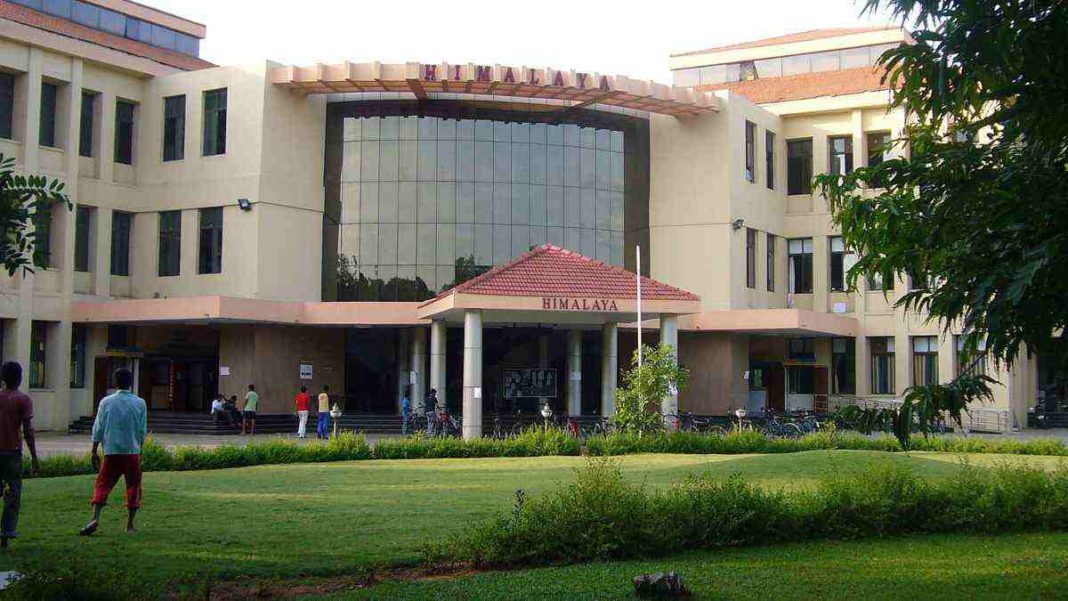INDIA: Scientists at the Indian Institute of Technology (IIT) Madras have made a significant breakthrough in understanding how organs communicate with one another within the human body.
Their innovative computational approach, known as MultiCens (Multilayer/Multi-tissue network Centrality measures), has shed new light on the intricate interactions between genes responsible for inter-organ communication, providing valuable insights into the functioning of multi-cellular life.
The communication among cells in different tissues and organs plays a pivotal role in the survival and proper functioning of all living organisms.
While the molecular basis of such communication has been an area of study for some time, a comprehensive genome-wide screening to identify the genes and biomolecules responsible for tissue-to-tissue signaling has been lacking.
To address this crucial gap in knowledge, the team at IIT Madras embarked on developing the revolutionary MultiCens method. By using the large amount of genomic information available for different tissues, MultiCens makes it easier for organs and tissues to share important information with each other. This helps to figure out the complicated inter-organ communication network (ICN).
Professor B. Ravindran, from the Department of Computer Science and Engineering at IIT Madras, emphasized that past research on the ICN primarily relied on experiments conducted on model organisms such as fruit flies.
However, the applicability of such findings to humans and other non-model organisms remained uncertain. Additionally, the experimental techniques used were often time-consuming, resulting in incomplete knowledge of the ICN.
In response to these challenges, Professor Manikandan Narayanan, also from the Department of Computer Science and Engineering, led the team in developing MultiCens. The method employs sophisticated network science algorithms to identify key genes within a single tissue and across multiple tissues in a hierarchical manner.
The team’s findings have already yielded remarkable insights. MultiCens successfully predicted genes closely associated with hormones, which are integral to numerous bodily functions.
Furthermore, the method revealed changes in gene interactions within and between different brain regions affected by Alzheimer’s Disease, opening up new possibilities for understanding and potentially treating this neurodegenerative condition.
Beyond its immediate applications, MultiCens holds immense promise in the study of cancer metastasis. By identifying genes involved in the spread of cancer from one organ to others, the method could pave the way for targeted therapies and improved outcomes for cancer patients.
The researchers emphasized that MultiCens is not limited to specific diseases and can be applied to diverse healthy and disease genomic settings. With its source code made openly available, the scientific community can now explore its potential further.
The ongoing work includes developing a user-friendly web interface for MultiCens and experimentally validating its predictions. These efforts are expected to provide a more comprehensive understanding of the ICN and its fundamental role in overall health and well-being.
The work conducted by the IIT Madras team represents a step forward in deciphering the intricate communication between organs and tissues within the human body.
Their innovative MultiCens approach promises to revolutionize disease research, enabling targeted therapies and fostering a deeper understanding of human biology.
Also Read: Scientists Witness Self-healing Metal: A Discovery Set to Revolutionize Engineering



